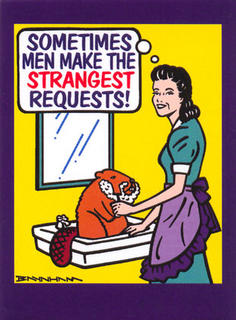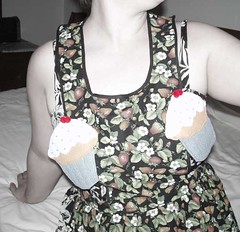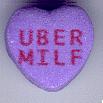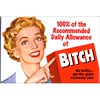
The Chicago River used to be little more than a sewer. No human wanted to live by it, no plant or animal could live in it, and if you had the misfortune to fall into it, you had to be thoroughly disinfected and innoculated afterwards.
Yet, after many years of tireless work, this is happening:
"It wasn't the trendy restaurants or the stunning architecture that brought the latest visitors downtown.
The brown, bucktoothed rodents came because of a natural riverbank with tempting poplar trees.
The beavers swam to Wolf Point, puttered up the riverbank and snuck under the black iron gate near the Merchandise Mart. They blatantly ignored signs that warned plant vandals of arrest and in the shadow of the city's skyscrapers chowed down on a few dozen poplar trees."

For those of you unfamiliar with Chicago, the Merchandise Mart is "the world’s largest commercial building, largest wholesale design center and one of Chicago’s premier international business locations. Encompassing 4.2 million sq. ft., The Mart spans two entire city blocks and rises 25 stories."
As you can see, it is located in the heart of the business district. Far from negatively affecting commerce and industry, as opponents of clean up efforts often warn, the newly clean river has actually spurred economic development. Restaurants, tourist boats, hotels and more have sprung up as people are enjoying rather than avoiding the Chicago River. Mother Nature seems to approve, too:
"There are more surprises in store. Friends of the Chicago River also report sightings of muskrats; minks; foxes; blue, green and black-crowned night herons and kingfishers."

















